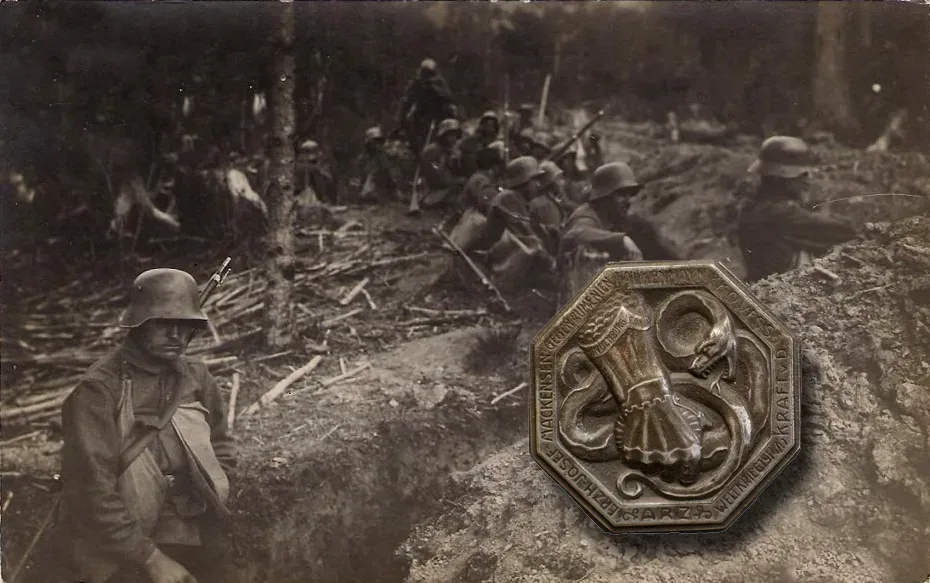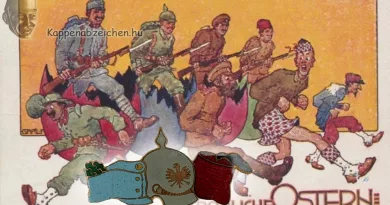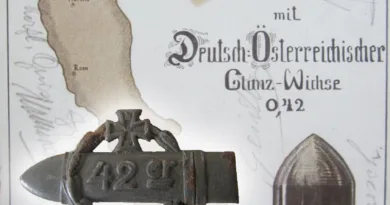Against Romania
Romania was a small Balkan country that was only in its fourth decade of independence during the Great War. Taking advantage of the loss of European space of the Turkish Empire, he sought to round his territory as much as possible in the successive Balkan wars. It first came into conflict with its territorial ambitions only with its Balkan neighbors, but in the Great War also with the Monarchy. Due to differences in size and levels of development, the attack was not rushed. Romanian government knew well that the Austro-Hungarian forces bound on the three fronts would be their striking, dangerous opponents even in this state of stress. In 1916, however, the matter could no longer be postponed. Forced by the ultimatum of the Entente, the offensive began with the attack on the largely defenseless part of Transylvania. This took place on August 27, 1916.
The enormous personnel force marched slowly in Transylvania, not failing to immediately merge the occupied settlements into the network of Romanian state power. The spectacular exercise of Romanian rule in the occupied territories took a considerable amount of time from the already timid attackers. Thus, by October 1916, not even the line of the Maros River had been reached. The territorial gains were most of Szeklerland and the German cities of southern Transylvania, Nagyszeben, Fogaras, Segesvár, Brassó. At Nagyszeben, the attackers had already met with strong resistance. By then, the Transylvanian insurgent army (gendarmerie and other paramilitary units) had been organized into striking units, and three divisions, moreover German troops had also arrived from the Eastern Front.

Then, in October, a comprehensive counterattack was launched, destroying the Romanian army in two months. Constanta fell on 22 October and Bucharest on 1 December. The Romanian government fled to Iasi. Finally, on the outskirts of the rest of Moldavia, the attack of the Central Powers was stopped with French help. Later, in 1917, the Romanians tried again in the Eastern Carpathians but were not successful even then. A ceasefire came into force on December 9, 1917, and on May 7, 1918, the Bucharest Peace Treaty was concluded. This required the payment of serious reparations and also resulted in territorial losses, mainly in favor of Bulgaria. Romania, ended the war as a defeated country. However, one day before the final end of the war, on November 10, with the violation of the previous peace treaty, the country declared war again on Germany. In the end, without a single more shot, he was on the winning side after the war end.

The badge attached to the post was made on the occasion of the successful 1916 counterattack. The insidious snake is strangled by an armored fist. The names of the commanders of the German and Austro-Hungarian troops involved in the counterattack can be read around. The title of the badge is Gegen Rumenien, (against Romania). On the edge of the iron fist are the names of the chiefs of command of the two armies, Hindenburg and Conrad. Around the badge border line are Falkenhayn (Commander-in-Chief of the attacking armies), Kövess (Commander of the Austro-Hungarian 7th Army), Mackensen (Commander of the German Southern Army), Erzh. Josef (Archduke Joseph), Arz (Artur) corps commanders. On one other side of the octagonal badge is the inscription Weltkrieg 1916/17, next to Kraft v. D. readable. Based on his style, I think it’s an unmarked Arkanzas badge, also because of the Hungarian spelling that stands out here and there.




